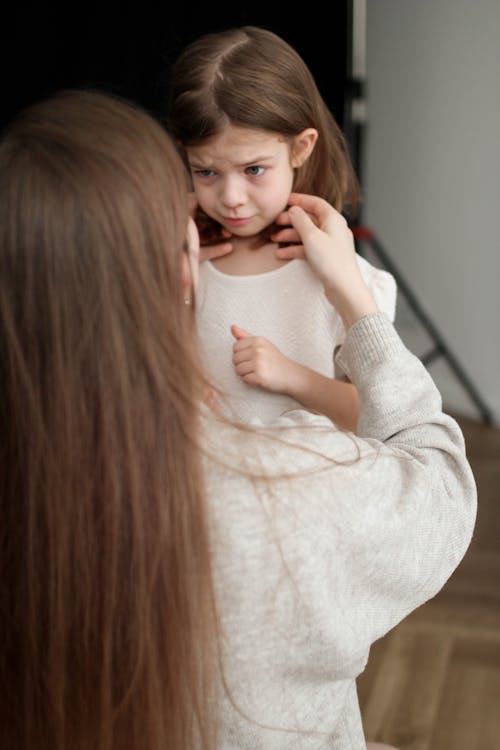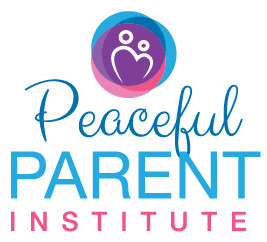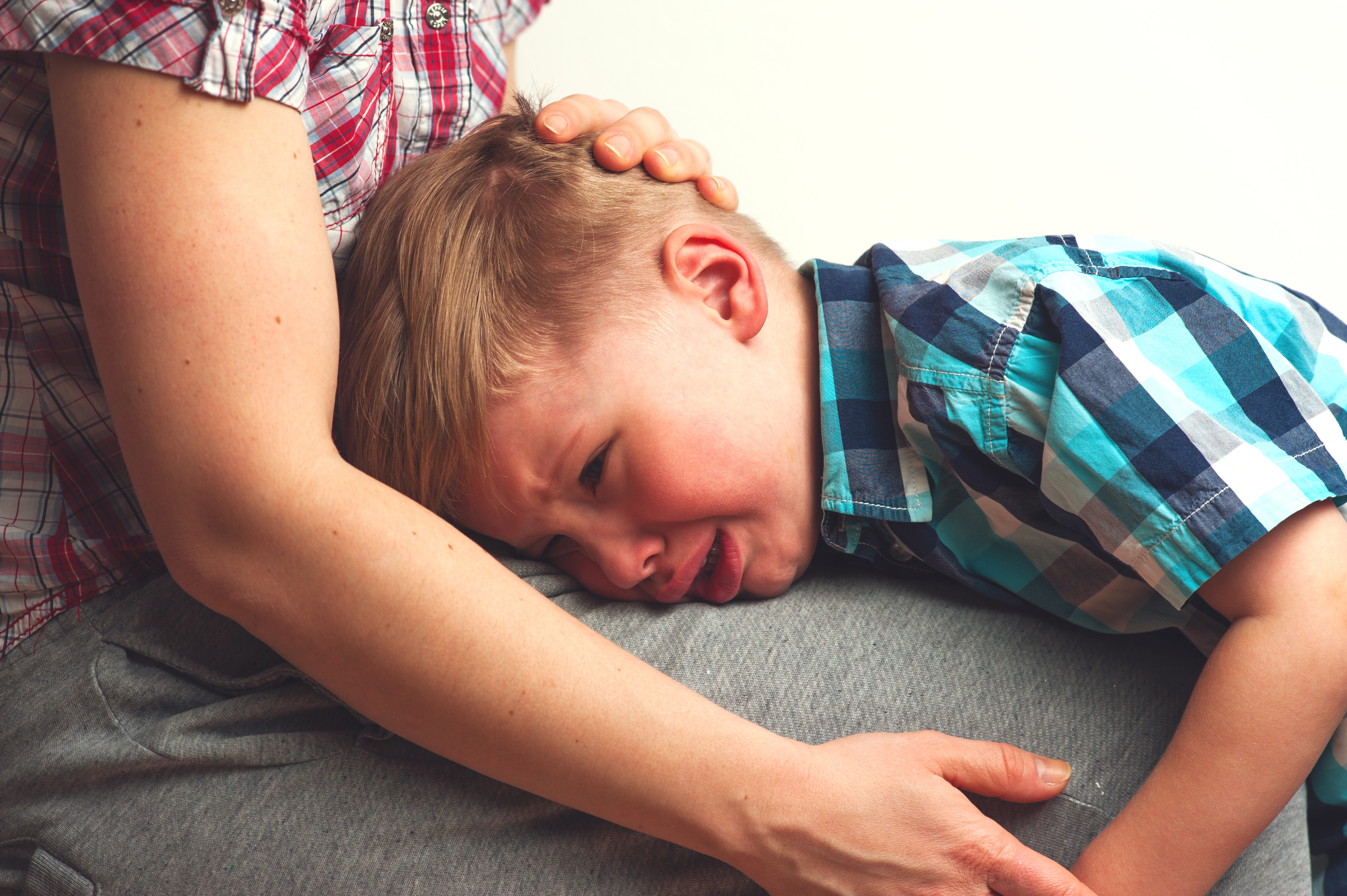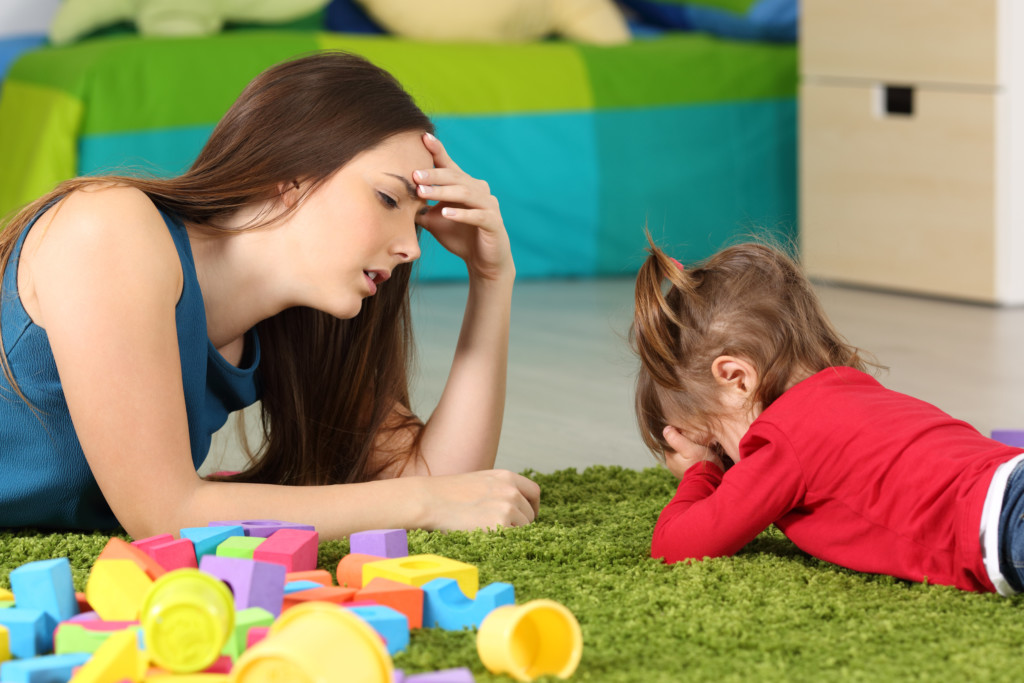 Every child has the right to live free of the threat of violence like being hit or shouted at, enforced isolation or harsh character judgments. This is what we as adults want and need in all relationships. This is what our beautiful children need and deserve.
Every child has the right to live free of the threat of violence like being hit or shouted at, enforced isolation or harsh character judgments. This is what we as adults want and need in all relationships. This is what our beautiful children need and deserve.
If you’ve been in a relationship with someone who has at times become aggressive towards you (physically or verbally) and has later acted as if everything’s normal and not even apologized or given you the opportunity to show them how it affected you, then you will know how this affects the relationship, the trust, the bond and your overall sense of emotional security. And if you’re struggling to break the habit of taking your anger out on your child, sadly, this was most likely what you experienced during your childhood. These patterns of relating can be very deeply ingrained and take a LOT of work to change. This post is intended to support you in that process.
It’s very hard for many parents to not take their unresolved anger and frustration out on their children, most parents will, at least occasionally. Sometimes, when we’re hurting, we hurt our child. Just about every parent I’ve work with speaks about how they’ve done things to hurt their child that they would never have believed they would do as a parent.
Facing that which is hard to face. This is a difficult reality to face as a parent; it’s painful to feel, painful to think about how you’ve hurt your beautiful child. But finding the courage to face this emotional discomfort and come back to peace with yourself is always a big step forward and an essential part of the process of repairing the past and building a stronger foundation for family harmony in the future. Being honest with ourselves and taking responsibility for when we hurt our child, be it inadvertently, takes a big commitment to the relationship with one’s child. As you learn to repair conflicts well, your child will live in an emotionally safer and more peaceful world and most likely start expressing strong boundaries towards you, which can help you disengage from conflict when anger rises inside of you.
We all make mistakes, we all get it wrong sometimes and sometimes we get it really wrong! It’s when we’re feeling the most hurt, the most overwhelmed and feeling the least supported that we’re most in danger of hurting those who we love the most. We’re humans who carry a long history of attachment disorders and wounds from all sorts of traumas and abuses that have been passed down through many generations. We all have to play our part in being the change we want to see in the world. In the bigger picture, we’ve only recently begun to really see and understand abuse for what it is and it’s effects in our society. Understanding the vulnerability and sensitivity of the child challenges us to re-think how we treat children. We’re just starting to heal as a whole society in general, and there’s a lot of healing needed. It’s not easy to change deeply engrained patterns and feelings from our formative years and none of us can do it alone, but as difficult as it feels, it must be done. You might be amazed at the little miracles that might come your way when you make this commitment.
By choosing to face, feel and re-evaluate our unresolved wounds from our early childhood relationships, is a choice to not pass those patterns on to our children. It’s our responsibility as parents to heal ourselves so we can be the best parent that we can be.
“But my parents used to hit me when I was a child”. I recently spoke very diplomatically with a mum whose little girl told me about being hit by both her parents, a very sensitive conversation to say the least. When I spoke to the mum about there being other alternatives, the mum kept saying “I don’t hit her very often” and “that’s what our parents used to do, we used to get hit”. It was a good example of how early childhood experience becomes so ingrained unless challenged.
Where’s your “never” line? We all have our lines in the sand that we draw, we actually have two lines, one that’s the line we aim to not cross, our “ideal” line and the other is the line that we really would never ever cross, our “never” line. Wherever your lines are, have a good think about them, talk about them, write about them, draw a picture that represents them and see if you can pull them both back a few inches. Regardless of our personal history, we each decide on where to draw our lines. If a parent says “I try not to scream at the kids” or “I don’t like hitting my child”, they are describing their “ideal” line. A “never” line sounds more like, “I’ve screamed at my child in the past and it was traumatic for him and I absolutely know that I will never ever do that again”.
Make sure your lines have a big margin of relative safety between your “ideal” line and your “never” line. Most parents cross the first line when a few challenges collide in one point, then there’s that last straw, a big emotional trigger (unresolved deep pain from the past) and the parent really loses their temper. Only one person can themselves decide where their lines are drawn and that’s the individual. Your child knows where your lines are and they hold feelings in their body about you reaching your line and they fear you crossing it, they can imagine what lies on the other side. Perhaps, you aim to not shout at your kids, but when you really lose it, you’ll shout at your child, but you’ll never call them names or use abusive language. Perhaps, when you lose it, you’ll raise your voice, but you’d never in a million years fully growl, vent or scream at your child. Perhaps, you’ll put your child in time out, but you’d never in a million years lock the door or otherwise forcefully prevent them coming out.
In a crisis, your “never” line becomes your protection. For the parent who would never scream at their child or hit them, when that moment of absolute emergency hits and they can feel that they’re about to lose it, they may raise their voice, they may lecture, but they won’t let themselves fully vent their intense feelings at their child, their internal limit forces them to do something different. Their line in the sand becomes a brick wall that they face and they’ll feel they have no choice but to find an alternative outlet, perhaps something like jump up and down and growl into their hands, journal, ring somebody and reach out for help, ring a helpline, leave the room and scream into a cushion, sing out loud, put on music that helps them change their mood, perhaps they’ll go outside and cry hard, perhaps they’ll ring their partner or friend and tell them that they’re losing the plot and need help really badly, perhaps they’ll ring a helpline, but they wouldn’t in a million years scream at their child or hit their child.
You might also like to read:
Repairing the connection after conflict with your child
Setting limits with love
Expressing limits assertively, yet non-aggressively
You can expect more cooperation when you eliminate the threat of consequences
It’s best if a parent can develop self-soothing skills that demonstrate stopping, breathing, sitting down, speaking out loud that you need to take five minutes. Yet there are times when this is difficult to do and a parent needs a more satisfying release or outlet and as change happens slowly, it’s good to have a few options that are viable alternatives to hurting the child in moments of rage. If the parent has screamed or roared or hit the mattress with a tennis racket, the child will be upset to have witnessed their parent venting such huge emotions, they may be shaken up, it may require some repairing, but it’s still a better option than taking one’s anger out on the child. And their child won’t have experienced the total and utter download of all those intense emotions being transferred from the parent’s energy to their own.
Uncontrolled venting at a child; shouting, yelling, berating, growling, pushing, pulling or hitting, is experienced as a shocking energetic blast that children have very little capacity to deal with.
Sadly, traditional parenting advice that advocates punitive discipline gives ample permission to parents to take their anger out on their children. Generally, lip service will be given to “don’t get angry at them, just take action!”. Because traditional parenting encourages a punitive approach, it fosters an attitude of judging and blaming the children without any attention being given to the influence of the parent-child relationship dynamics, or to the parent’s stress and anger levels. Children are spoken about in terms of their behaviour and portrayed as manipulative, smirking, mischief-makers who will cleverly do all in their power to hoodwink their parents and find and press your buttons as “attention-seeking” strategies. Sadly, this attitude de-personalizes children by focusing on their behaviour without consideration of their feelings and needs that drive their behaviour and without viewing their behaviour within the context of the parent-child relationship. This attitude fosters conflict rather than resolution, competition rather than cooperation.
The child’s attachment needs. This picture also neglects to encourage parents to stay attuned to their child’s emotional vulnerability, their attachment needs, and how sensitive and sensitized they are to the emotional atmosphere between them and the adults caring for them. It paints a picture that neglects to consider the effects of the parent’s unresolved childhood hurts that they bring to their relationship and communications with their child. It paints a picture of children that encourages parents to control, manage and overpower their children without considering the effects the effects on the child’s self-esteem and trust in others. The message from the “expert” to the parent can be one of: “it’s them or you, who’s going to be the boss, are you going to let this young person rule your house? Go on you can do it, get tough, show them who’s boss!” I always notice that the language is the language of war, not of healing relationships, not of conflict resolution, not of mature confident guidance.
Traditional parenting philosophy generally supports a parent to adopt an attitude of “Right! If you’re choosing not to co-operate willingly, then you’re asking for the consequences, so here we go .. “.
Punishment isn’t necessary, it isn’t safe, it isn’t healthy, we can do better than this, we can commit to learning a better way. There is a better way and it works. There are effective communication skills that you can use that foster greater respect, listening and cooperation in your relationship with your child. In terms of supporting our child’s emotional intelligence and fostering relationship skills that are based on love, trust, authenticity, empathy and problem-solving – it’s the best way forward. In terms of raising a generation of people who will choose peace over war, who will care for the planet and everyone on it – it’s the only way forward. A good place to start is to read some of the articles on this website that will give you lots of peaceful parenting strategies that not only replace punishments, they equip parents and children with great communication and conflict resolution skills and a better vocabulary to name and express their feelings and needs in healthy ways.
Where do your lines need to be to create an environment of physical, mental and emotional peace and safety in your home? When you reach that line, see it as your red light that you need to put the brakes on, see it as your indicator that connection, love, listening, safety and peace need to be restored between you and your child.









[…] around different forms of discipline tend to centre a lot around what does and doesn’t work. Yet, in using rejection, isolation or […]